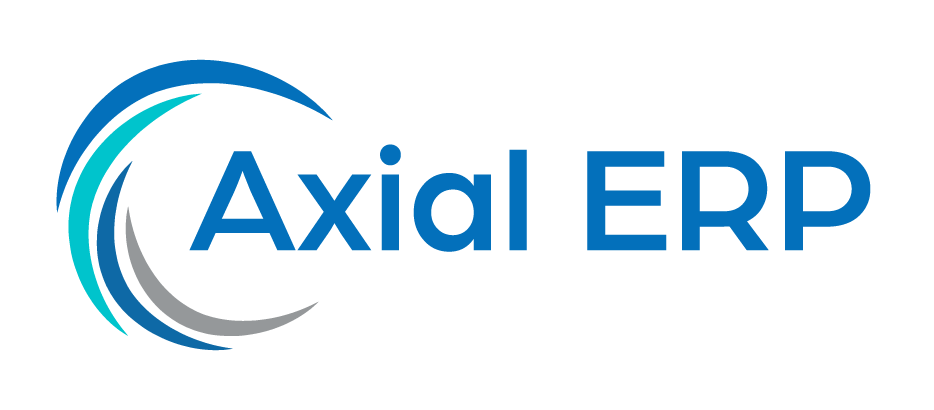Effective Strategies for Post-Launch Adoption of an ERP
Implementing an Enterprise Resource Planning (ERP) system is a transformative step for any organization. However, the real challenge begins after the launch, when the effective adoption of the system becomes the main focus. In this article, we will explore key strategies to ensure a successful transition and sustainable adoption of the ERP in your company.
Understanding the Importance of ERP Adoption
Before diving into the strategies, it is crucial to understand why the adoption of an ERP is so important. An ERP can offer unprecedented process integration, improve efficiency, and provide valuable insights for decision-making. However, these benefits only materialize if end users adopt and use the system properly.
Strategies for Successful ERP Adoption
Executive Leadership Engagement
The support and commitment of executive leadership are crucial. Leaders must be actively involved in the adoption process, demonstrating their commitment and setting clear expectations for the rest of the organization.
Ongoing Training and Education
Training should not be seen as a one-time event. Ongoing education is essential for employees to feel comfortable and competent in using the ERP. This includes initial training, as well as refresher sessions and support for new functionalities.
Effective Communication
Clear and consistent communication is vital to keep everyone informed about the progress of adoption, the changes being implemented, and how these affect different roles within the company.
Support and Technical Assistance
Providing access to technical support and assistance is crucial to quickly resolve any issues users may encounter, thus minimizing frustration and resistance to change.
System Customization and Configuration
An ERP must be configured to align with the specific processes of the company. Customization can help ensure that the system is relevant and useful to end users.
Monitoring and Feedback
It is important to monitor system usage and gather feedback from users to understand how the ERP is being used and make adjustments as necessary.
Defining KPIs and Measuring Success
Defining key performance indicators (KPIs) will help measure the effectiveness of ERP adoption and identify areas for improvement.
Keeping the Focus on Benefits
It is essential to keep the focus on the benefits that the ERP brings to the organization and communicate these at all levels to motivate adoption.
Common Challenges and How to Overcome Them
Resistance to Change
Resistance to change is a common challenge. Overcoming it requires a combination of effective communication, training, and demonstrating the benefits of the system.
System Complexity
ERPs can be complex and overwhelming. To mitigate this, it is important to simplify the user experience and offer training tailored to the specific needs of users.
Lack of Resources
A lack of resources for training and support can be a barrier. Allocating adequate resources and seeking external support if necessary are key steps to ensure successful adoption.
Conclusion
Post-launch adoption of an ERP is an ongoing process that requires dedication, resources, and a well-defined strategy. By following the strategies outlined in this article, organizations can overcome challenges and ensure that their investment in ERP pays off in the long run.



